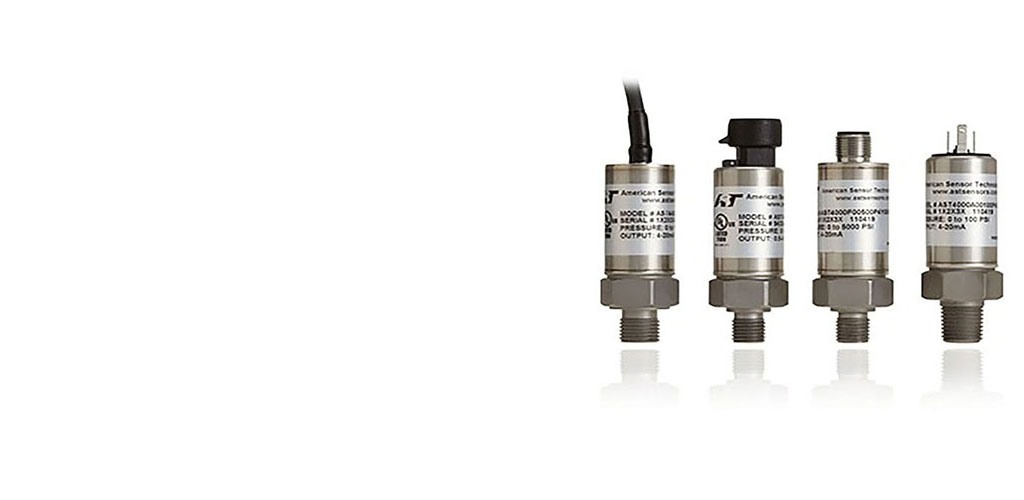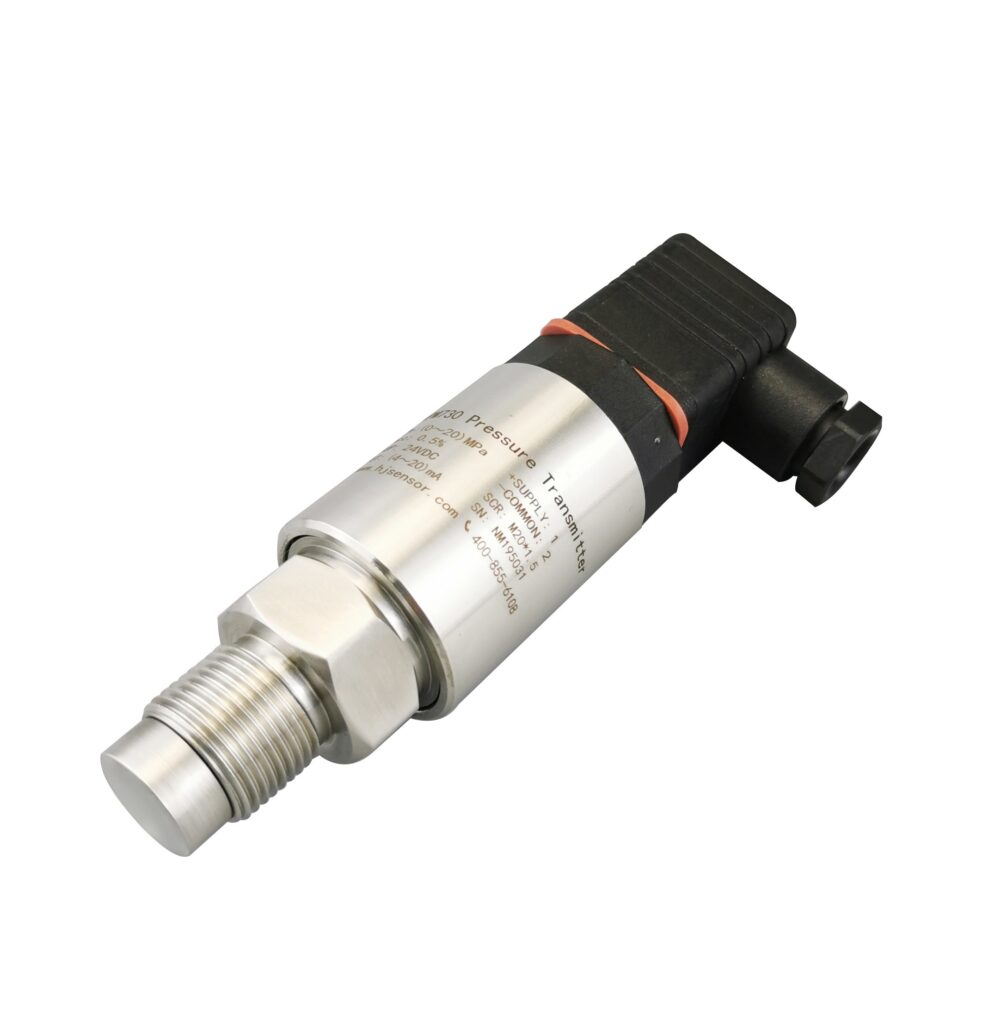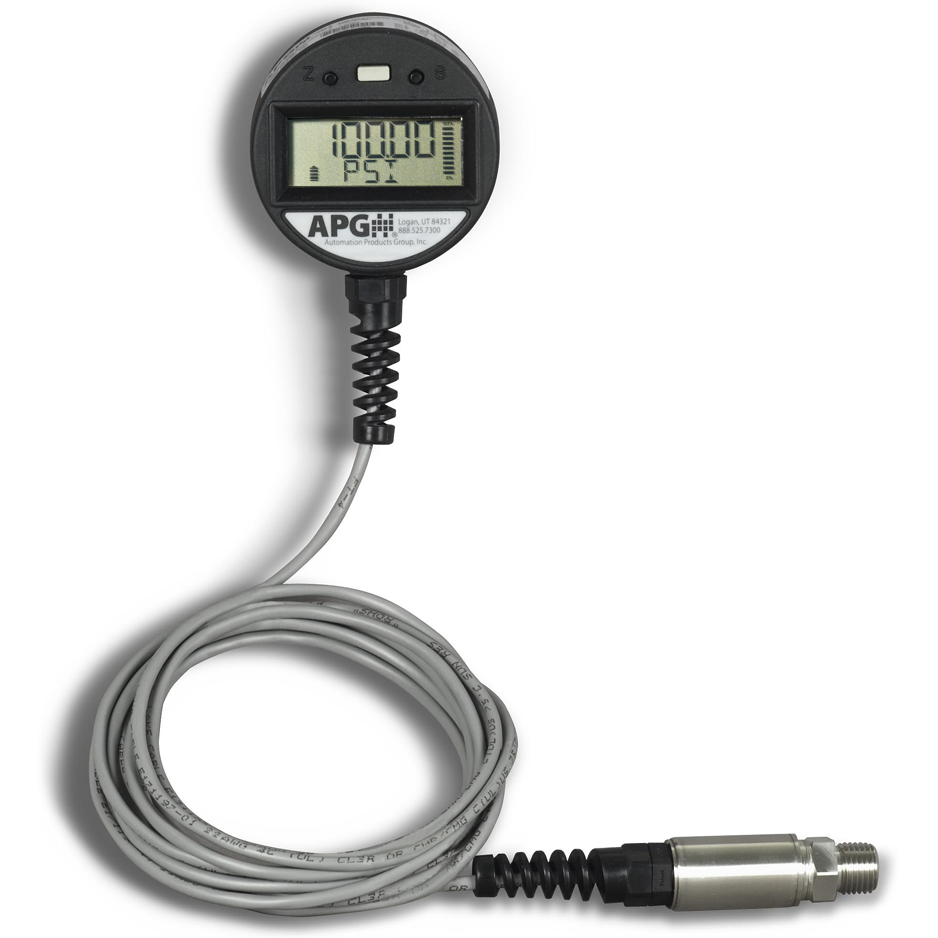Welcome to Linquip Blog. Today and in this article, we are going to have a look at the question “What Is a Pressure Transducer?” First of all, there is a basic definition of a pressure transducer which will make you familiar with its job. Then we move into the working principle. In this section, it will be explained how generally a pressure transducer works. In the last section, we will bring some useful tips for those who are about to buy a pressure transducer.
Our team gathered all of the necessary information on this topic to eliminate the need for reading diverse content on other websites. Stay with us until the end to find the answer to your question on this topic. We have a long journey ahead of us, so take a deep breath, sit back, and keep reading this article until the end.
What Does a Pressure Transducer Do?
Pressure transducers can be defined as a type of sensor that converts physical pressure into an electrical signal. They can be used for measuring pressure in liquids and gases. The pressure transmitter is another term commonly used for a Pressure Transducer. This device is suitable for a range of applications in different areas depending on its objectives and specifications.
Most pressure transducers use strain gauges that are bonded to the internal diaphragm of the transducer. As pressure is applied through the pressure port, the diaphragm will deflect which causes the strain gauges to compress, this alters the output signal. The deformation of the strain gauges is directly related to the force being applied enabling the pressure transducer to give an accurate pressure reading. Pressure transducers give accurate pressure measurements in either Bar or PSI. Most of our pressure transducers use Bars, and our range can measure pressure up to 5000 bars.
How Does a Pressure Transducer Work?
As we said above, a pressure transducer is a device that measures the pressure of a fluid, indicating the force the fluid is exerting on surfaces in contact with it. Pressure transducers are used in many monitoring applications such as flow, airspeed, level, pump systems, or altitude. To calculate pressure, the pressure transducer contains a force collector such as a flexible diaphragm which deforms when pressurized and a transduction element that transforms this deformation into an electrical signal. The shape and methods of transductions are optimized to the requirements of the process that is being measured.
The most common pressure transducer constructions include a force collector such as a flexible diaphragm and a transduction element that uses a dependent resistive, capacitive, or inductive method to generate an electrical signal. The type of electrical device used will determine the components used to build the pressure sensor.
What Considerations Do We Need to Take While Choosing a Pressure Transducer?
There are multiple types of pressure transducers for a variety of applications. Each pressure transducer has different aspects that will impact how it works and the applications the pressure transducer works best for. When choosing a pressure transducer, you have to keep these six criteria in your mind:
1. Application and Type of Measurement
The common types of pressure measurement include Absolute, gauge, differential, vacuum, bidirectional, and sealed gauge. The application will determine the most appropriate measurement type. You can learn more about the different measurement types here.
2. Range of Pressure
Probably the single most important decision in choosing a pressure transducer is the range. One must keep in mind two conflicting considerations:
The instrument’s accuracy and protection from overpressure. From an accuracy point of view, the range of a transmitter should be so that error, usually, a percentage of full scale is minimized.
On the other hand, one must always consider the consequences of overpressure damage due to operating errors, faulty design such as a water hammer, or failure to isolate the instrument during pressure testing and start-up. Therefore, it is important to specify not only the required range but also the amount of overpressure protection needed.
3. Process media
The process fluid that is going to be measured should guide your decision as well. Often referred to as the “wetted parts,” these materials should be selected for their compatibility with the fluid being measured. For environments with clean dry air, just about any material is permissible. However, for conditions using sea water, high nickel content alloys such as INCONEL alloy 718 should be considered. Other common materials include 316 Stainless steel and 17-4 Stainless steel. Also, if a sanitary fitting is required should be considered.
4. Range of Temperature and Installation Environment
Extremes in temperature or vibration will limit transmitters functionality. For temperature extremes, thin-film technology is superior. The extreme temperatures also create errors in the output of the transducer. The error is often expressed in percent full scale over 1°C.
High-vibration environments favor smaller un-amplified traducers. The transducer housing should be selected to meet both the electrical area classification and the corrosion requirements of the particular installation.
Corrosion protection must be taken into account; both splashing of corrosive liquids or exposure to corrosive gases on the outside of the housing. If the installation is in an area where explosive vapors may be present, the transducer or transmitter and its power supply must be suitable for these environments.
This is usually achieved either by placing them inside purged or explosion-proof housings, or by using intrinsically safe designs. If a compact size is required an unamplified transducer is best.
5. Accuracy
Pressure gauges come in many different accuracies. The accuracy of common pressure transducers could range from 0.5% to 0.05 % of the full-scale output. Higher accuracies are desired when it is necessary to read very low pressures for critically demanding applications.
6. Output
There are several types of outputs for pressure transducers. These include mV/V output, amplified voltage output, mA output, and digital outputs like USBH. In general, it is important to consider the constraints and benefits of each output to determine the best output type for your application.
Conclusion
The present article was an attempt to deliver all the essential information about the question of “What Is a Pressure Transducer?”. We talked about the job a pressure transmitter does and the way it works. In the end, we brought 6 tips for those who are about to buy a pressure transducer. These six criteria including application, type of measurement, range of pressure and temperature, and so on should be noticed if you want to have a great purchase.
If you have any experience or encounter with Pressure Transducers and know more about them, we will be very glad to have your opinions in the comments on our website Linquip. Moreover, if you have any questions about this topic, you can sign up on our website and wait for our experts to answer your questions. Hope you enjoyed reading this article.
Buy Equipment or Ask for a Service
By using Linquip RFQ Service, you can expect to receive quotations from various suppliers across multiple industries and regions.
Click Here to Request a Quotation From Suppliers and Service Providers
Read More on Linquip
- Transducer vs. Sensor: Basic Differences & Advantages of Them
- Types of Temperature Sensors and Their Application
- Types of Sensors Detectors/Transducers: An Entire Guide
- Resistive Transducer: Working Principle & Example
- Photoelectric Transducer: Application & Working Principles
- Important Detailed Information About The Types of Transducers
- Pressure Transducer: Definition, Working Principle, and Types
- Active Transducer: All You Should Know About
- Temperature Transducer: Definition, Working Principle, and Types
- Piezoelectric Transducer and Its Impressive Applications in Electric Circuits
- What are the Main Benefits of an Ultrasonic Transducer?
- All You Need to Know about Transducer





